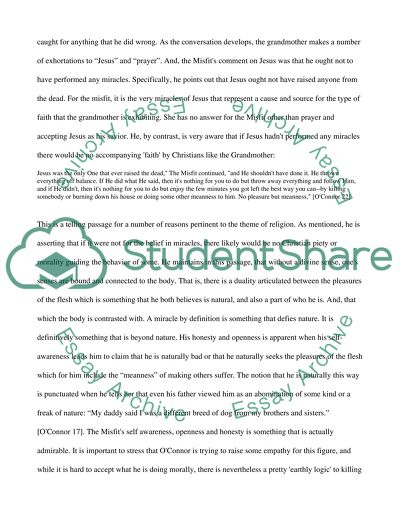Cite this document
(“Religious Theme in Flannery O'Connor's A Good Man Is Hard To Find Essay”, n.d.)
Retrieved from https://studentshare.org/literature/1426275-religious-theme-in-flannery-o-connor-s-a-good-man
Retrieved from https://studentshare.org/literature/1426275-religious-theme-in-flannery-o-connor-s-a-good-man
(Religious Theme in Flannery O'Connor'S A Good Man Is Hard To Find Essay)
https://studentshare.org/literature/1426275-religious-theme-in-flannery-o-connor-s-a-good-man.
https://studentshare.org/literature/1426275-religious-theme-in-flannery-o-connor-s-a-good-man.
“Religious Theme in Flannery O'Connor'S A Good Man Is Hard To Find Essay”, n.d. https://studentshare.org/literature/1426275-religious-theme-in-flannery-o-connor-s-a-good-man.


